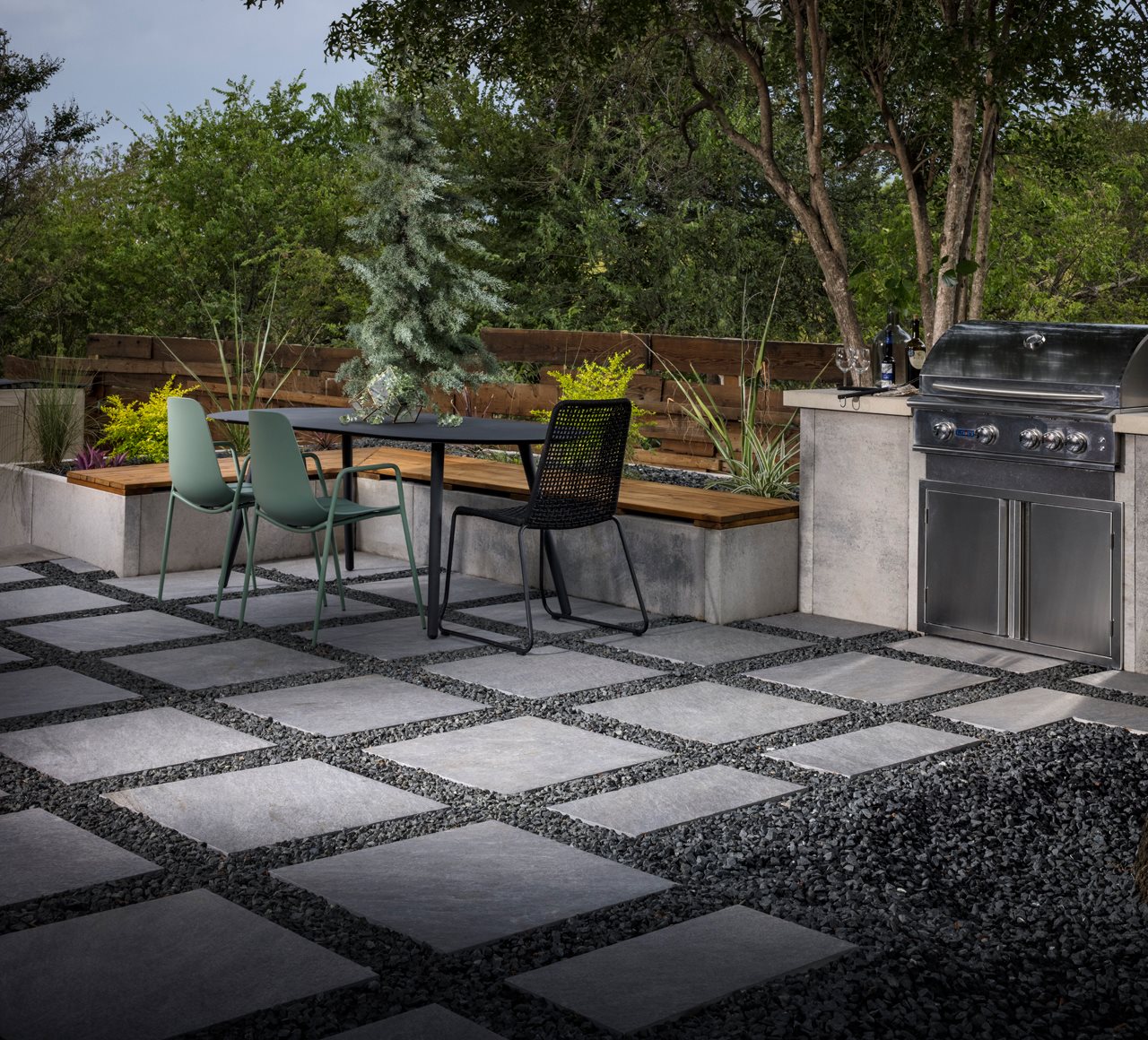2022-07-18T08:01:00
(BPT) – A diagnosis of interstitial lung disease can be devastating. This group of rare lung diseases is characterized by scarring and/or inflammation of the lungs causing lung damage that may worsen as the disease progresses.
Journey to Diagnosis
Patty was no stranger to interstitial lung disease when she was diagnosed with one of the most common forms of the disease—idiopathic pulmonary fibrosis—in 2017. Her father and one of her sisters passed away from idiopathic pulmonary fibrosis and after struggling with shortness of breath for several months, she knew she could no longer ignore her symptoms. “I remember turning to my sister and saying, ‘I think I have what Dad had,’” recounts Patty. She made an appointment with her primary care provider, who referred her to a pulmonologist for further care.
During the visit with a pulmonologist, Patty was quick to share her family history of idiopathic pulmonary fibrosis, but her pulmonologist expressed doubt that it was causing Patty’s symptoms. “He said it could be a possibility, but my CT scan wasn’t what you would typically see with idiopathic pulmonary fibrosis,” she recalls. After she underwent a lung biopsy, with labs and pulmonary function tests confirming, Patty was officially diagnosed with idiopathic pulmonary fibrosis.
Patty’s experience isn’t unique. Interstitial lung disease is often treated by pulmonologists, who specialize in the treatment and management of lung disease. Still, misdiagnosis is common. In fact, interstitial lung disease has a misdiagnosis rate as high as 50% because providers may confuse it with other conditions like asthma, chronic obstructive pulmonary disease, and congestive heart failure. Fortunately, Patty’s time as an idiopathic pulmonary fibrosis caregiver and a former nurse had prepared her well to be her own advocate. “I was lucky that I knew the importance of advocacy and research, but I know that not everyone has that background,” she says.
When her pulmonologist suggested OFEV® (nintedanib) capsules, a twice-daily treatment approved to treat adults with idiopathic pulmonary fibrosis, Patty immediately began her research. “I went online and learned about the different types of testing and treatments available, and I liked that it [OFEV] might help slow the progression of my idiopathic pulmonary fibrosis,” Patty says. She started treatment and began tracking her side effects.
OFEV’s most common side effects are diarrhea, nausea, stomach pain, vomiting, liver problems, decreased appetite, headache, weight loss, and high blood pressure. These are not all the possible side effects of OFEV.
Connecting With the Interstitial Lung Disease Community
An accurate diagnosis can be a relief for patients like Patty, but it also has the potential to leave them feeling overwhelmed or wondering what comes next. Although interstitial lung disease covers a broad range of diseases—including idiopathic pulmonary fibrosis, systemic sclerosis-associated interstitial lung disease, and chronic fibrosing interstitial lung disease—there is limited information available following diagnosis. After her diagnosis, Patty recognized an opportunity to use her experiences to build a local support group for others navigating an interstitial lung disease diagnosis.
“I recognized how important it was to learn from the experiences of others with pulmonary fibrosis. People thanked me for putting it together, and it made me realize just how important something like a support group really is,” says Patty. While the support group was intended to offer support to others, Patty says it also helped her cope with her own diagnosis. “The support group really helped me with some of the difficult parts of daily life with idiopathic pulmonary fibrosis. Starting a support group made me feel like I was still helping people, and it continues to inspire me every day,” she says.
To learn more about OFEV® as a treatment option and patient support services, visit www.OFEV.com.
What is OFEV?
- OFEV is a prescription medicine used:
- to treat adults with a lung disease called idiopathic pulmonary fibrosis (IPF).
- to treat adults with a long lasting (chronic) interstitial lung disease in which lung fibrosis continues to worsen (progress).
- to slow the rate of decline in lung function in adults with systemic sclerosis-associated interstitial lung disease (SSc-ILD) (also known as scleroderma-associated ILD).
- It is not known if OFEV is safe and effective in children.
Important Safety Information
What is the most important information I should know about OFEV?
OFEV can cause harm, birth defects, or death to an unborn baby. Women should not become pregnant while taking OFEV. Women who are able to become pregnant should have a pregnancy test before starting treatment and should use highly effective birth control at the start of treatment, during treatment, and for at least 3 months after your last dose. Talk with your doctor about what birth control method is right for you during this time. Birth control pills may not work as well in women having vomiting, diarrhea, or other problems reducing the drug absorption. If you have any of these problems, talk with your doctor about what highly effective birth control method is right for you. If you become pregnant or think you are pregnant while taking OFEV, tell your doctor right away.
What should I tell my doctor before using OFEV?
Before you take OFEV, tell your doctor about all of your medical conditions, including if you have:
• liver problems.
• heart problems.
• a history of blood clots.
• a bleeding problem or a family history of a bleeding problem.
• had recent surgery in your stomach (abdominal) area.
Tell your doctor if you:
• are pregnant or plan to become pregnant.
• are breastfeeding or plan to breastfeed. It is not known if OFEV passes into your breast milk.
You should not breastfeed while taking OFEV.
• are a smoker. You should stop smoking prior to taking OFEV and avoid smoking during
treatment.
Tell your doctor about all the medicines you take, including prescription and over-the-counter medicines, vitamins, and herbal supplements such as St. John’s wort.
What are the possible side effects of OFEV?
OFEV may cause serious side effects.
TELL YOUR DOCTOR RIGHT AWAY if you are experiencing any side effects, including:
• Liver problems. Unexplained symptoms may include yellowing of your skin or the white part of your eyes (jaundice), dark or brown (tea-colored) urine, pain on the upper right side of your stomach area (abdomen), bleeding or bruising more easily than normal, feeling tired, or loss of appetite. Your doctor will do blood tests to check how well your liver is working before starting and during your treatment with OFEV.
• Diarrhea, nausea, and vomiting. Your doctor may recommend that you drink fluids or take medicine to treat these side effects. Tell your doctor if you have these symptoms, if they do not go away, or get worse, and if you are taking over-the-counter laxatives, stool softeners, and other medicines or dietary supplements.
• Heart attack. Symptoms of a heart problem may include chest pain or pressure, pain in your arms, back, neck, or jaw, or shortness of breath.
• Stroke. Symptoms of a stroke may include numbness or weakness on one side of your body, trouble talking, headache, or dizziness.
• Bleeding problems. OFEV may increase your chances of having bleeding problems. Tell your doctor if you have unusual bleeding, bruising, wounds that do not heal, and/or if you are taking a blood thinner, including prescription blood thinners and over-the-counter aspirin.
• Tear in your stomach or intestinal wall (perforation). OFEV may increase your chances of having a tear in your stomach or intestinal wall. Tell your doctor if you have pain or swelling in your stomach area.
• Increased protein in your urine (proteinuria). OFEV may increase your chances of having protein in your urine. Tell your doctor if you have any signs and symptoms of protein in the urine such as foamy urine, swelling, including in your hands, arms, legs, or feet, or sudden weight gain.
The most common side effects of OFEV are diarrhea, nausea, stomach pain, vomiting, liver problems, decreased appetite, headache, weight loss, and high blood pressure.
These are not all the possible side effects of OFEV. For more information, ask your doctor or pharmacist. You are encouraged to report negative side effects of prescription drugs to the FDA. Visit www.fda.gov/medwatch or call 1-800-FDA-1088.
Click here for full Prescribing Information, including Patient Information or visit OFEV.com or contact Boehringer Ingelheim Pharmaceuticals at 1-800-542-6257.
CL-OF-100056 01.18.2022


















